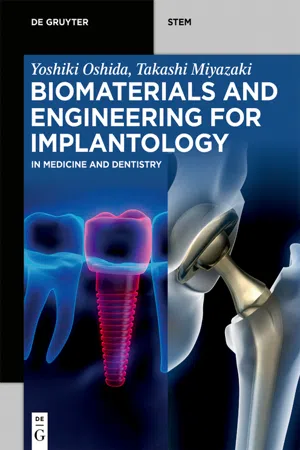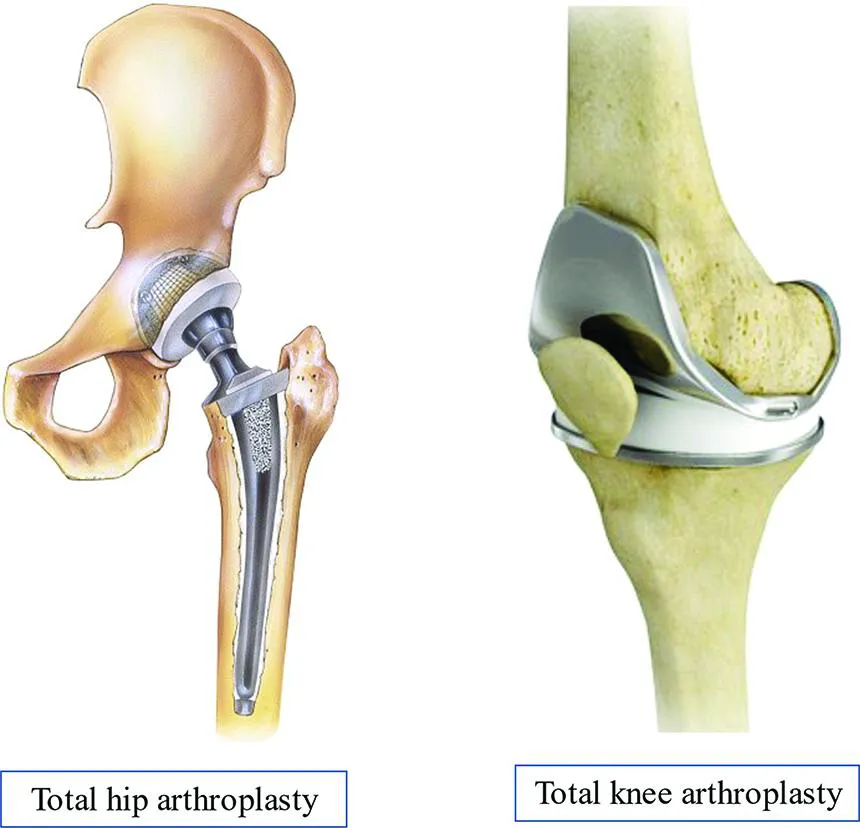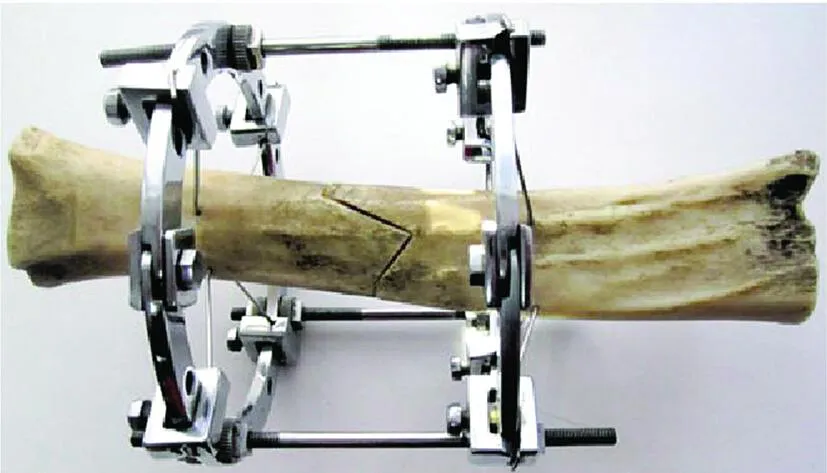
eBook - ePub
Biomaterials and Engineering for Implantology
In Medicine and Dentistry
Yoshiki Oshida, Takashi Miyazaki
This is a test
- 571 pagine
- English
- ePUB (disponibile sull'app)
- Disponibile su iOS e Android
eBook - ePub
Biomaterials and Engineering for Implantology
In Medicine and Dentistry
Yoshiki Oshida, Takashi Miyazaki
Dettagli del libro
Anteprima del libro
Indice dei contenuti
Citazioni
Informazioni sul libro
Biomaterials are composed of metallic materials, ceramics, polymers, composites and hybrid materials. Biomaterials used in human beings require safety regulations, toxicity, allergic reaction, etc. When used as implantable materials their biological compatibility, biomechanical compatibility, and morphological compatibility must be acessed. This book explores the design and requirements of biomaterials for the use in implantology.
Domande frequenti
Come faccio ad annullare l'abbonamento?
È semplicissimo: basta accedere alla sezione Account nelle Impostazioni e cliccare su "Annulla abbonamento". Dopo la cancellazione, l'abbonamento rimarrà attivo per il periodo rimanente già pagato. Per maggiori informazioni, clicca qui
È possibile scaricare libri? Se sì, come?
Al momento è possibile scaricare tramite l'app tutti i nostri libri ePub mobile-friendly. Anche la maggior parte dei nostri PDF è scaricabile e stiamo lavorando per rendere disponibile quanto prima il download di tutti gli altri file. Per maggiori informazioni, clicca qui
Che differenza c'è tra i piani?
Entrambi i piani ti danno accesso illimitato alla libreria e a tutte le funzionalità di Perlego. Le uniche differenze sono il prezzo e il periodo di abbonamento: con il piano annuale risparmierai circa il 30% rispetto a 12 rate con quello mensile.
Cos'è Perlego?
Perlego è un servizio di abbonamento a testi accademici, che ti permette di accedere a un'intera libreria online a un prezzo inferiore rispetto a quello che pagheresti per acquistare un singolo libro al mese. Con oltre 1 milione di testi suddivisi in più di 1.000 categorie, troverai sicuramente ciò che fa per te! Per maggiori informazioni, clicca qui.
Perlego supporta la sintesi vocale?
Cerca l'icona Sintesi vocale nel prossimo libro che leggerai per verificare se è possibile riprodurre l'audio. Questo strumento permette di leggere il testo a voce alta, evidenziandolo man mano che la lettura procede. Puoi aumentare o diminuire la velocità della sintesi vocale, oppure sospendere la riproduzione. Per maggiori informazioni, clicca qui.
Biomaterials and Engineering for Implantology è disponibile online in formato PDF/ePub?
Sì, puoi accedere a Biomaterials and Engineering for Implantology di Yoshiki Oshida, Takashi Miyazaki in formato PDF e/o ePub, così come ad altri libri molto apprezzati nelle sezioni relative a Médecine e Théorie, pratique et référence de la médecine. Scopri oltre 1 milione di libri disponibili nel nostro catalogo.
Informazioni
Chapter 1 Introduction

In this chapter, we will discuss the difference between transplants and implants and their associated safety regulations.
1.1 Implant versus transplant
Due to the ever-increasing risk of aging population, there are a variety of unforeseen risks jeopardizing individual’s normal quality of life, including a higher incidence of coronary artery disease, diabetes, systemic disease, missing teeth, and injury-related frailty. Hence, there is a need for more reliable and safer treatments to recover original biofunctionality or enhance rehabilitation therapy. To this end, there are basically organ transplantations (of, typically, heart, intestine, kidney, liver, lung, and spleen) and medical and dental implantations to improve health-related quality of life (HRQoL) as well as oral OHRQoL.
There are significant differences between transplants and implants. Transplant is a biological tissue used as an exchange of tissues or organs of the human body but implant is a nonbiological material. Transplant requires an organ donor immunosuppression, while implant does not require it. Transplant is an active tissue in the human body but implant is the mechanical support that assists organ function. Implant is a foreign body against receiving vital tissue so that there is a risk of infection, while transplant is at risk of rejection from the human body. Compared to implants, transplantation requires more strict consideration of ethical examination. Transplant can be used for life unless rejected, while implant might be removed if necessary.
Figure 1.1 illustrates typical implants and transplants [1, 2, 3, 4, 5].

Figure 1.1: Typical implants and transplants [1, 2, 3, 4, 5].
Organ transplantation is the surgical implantation of an organ or section of an organ into a person with an incapacitated organ. Summarizing data on organ transplantation [6, 7, 8, 9], 113,668 candidates waited for organ and tissue donation in 2018, 113,000 in 2019, and 110,000 in 2020; whereas 39,357 transplant operations were performed in 2018, 39,718 in 2019, and 40,000 in 2020. The United Network for Organ Sharing, administering the organ donation network, estimates that more than 120,000 Americans – more than 100,000 of whom require a kidney – are on the waiting list for life-saving organs. The average prospective kidney recipient has a 3.6-year wait, and at least 20 people waiting for an organ die each day [10]. Matching between donor and recipient is a crucial issue. Besides, success of organ transplantation depends on a number of factors: how old and how healthy the donor is, how old and how healthy the recipient is, how good a biological match can be found, and how ready the patient is to receive it [11]. More than 120,000 Americans are on the waiting list for life-saving organs. Today, despite remarkable advances in transplantation, the importance of artificial organs has not diminished. If anything, the long waiting list and the wait duration necessitate effective and immediate alternatives to organ transplant [12].
The tissue engineering evolved from the field of biomaterials development and refers to the practice of combining bioabsorbable scaffolds, cells, and biologically active molecules into functional tissues. Tissue engineering techniques require expertise in growth factor biology, a cell culture facility designed for human application, and personnel who have mastered the techniques of cell harvest, culture, and expansion. The goal of tissue engineering is to assemble functional constructs that restore, maintain, or improve damaged tissues or whole organs. Artificial skin and cartilage are examples of engineered tissues that have been approved by the Food and Drug Administration (FDA); however, currently they have limited use in human patients [13, 14]. With the advent of 3D printing [15, 16] and tissue engineering, one can think beyond electromechanical pumps that can serve as hearts to visualize an artificial one in flesh and blood. The race is on to develop a functional, tissue-based artificial organ that would mimic organs in physical and physiological functions, such as secretion of hormones, nurturing vasculature, and growth and modeling as the individual grows [12].
1.2 Types of implants
1.2.1 Medical implant
In general, medical implants can be divided into two groups: (1) load-bearing structural implants and (2) nonload-bearing functional implants. Human has six joints, including angle, knee, hip, wrist, elbow, and shoulder. Partial or total replacements of these synovial joint portions should involve complicated biotribological action, high-cycle low-stress fatigue, and biocorrosion deterioration. Hence, the component design and appropriate material selection become crucial for longevity, resulting in affecting HRQoL of the recipients. Figure 1.2 shows typical views of total hip replacement [17] and total knee replacement [18].

Figure 1.2: Typical pictures of total hip replacement [17] and total knee replacement [18].
Besides these joint replacement orthopedic implants, there are other musculoskeletal implants such as bone plates and spina prosthesis. The Ilizarov apparatus (named after the pioneer of the technique, orthopedic surgeon Gavriil A. Ilizarov) is a type of external fixation used in orthopedic surgery to lengthen or reshape limb bones, and as a limb-sparing technique to treat complex and/or open bone fractures, as shown in Figure 1.3 [19]. This technique is sometimes also known as corticotomy [20], which is also employed in dental orthodontic treatment to shorten the treatment period and improve the efficacy of tooth mobility.

Figure 1.3: Ilizarov apparatus [19].
The rest of majority of medical implants are nonload-bearing functional devices or implants. They should include cardiovascular implant systems such as pacemaker, stents, artificial arteries or veins, or heart valves; organ implants such as skin, breast prostheses, kidney dialysis, artificial heart, or urinary stoma; and sensors such as cochlear, intraocular, or contact lenses [21].
1.2.2 Dental implant
Oral implantology has developed and progressed into a central core of the art and science of dentistry, has revolutionized oral rehabilitation, dental prosthesis, and maxillary reconstructions, and has become a predictable method for clinicians as well as patients [22]. The restoration of missing teeth is an important aspect of modern dentistry. As teeth are lost to decay or periodontal disease, there is a demand for replacement of aesthetics and/or function. Conventional methods of restoration include a removable complete denture, a removable partial denture, or a fixed prosthesis. Each method has its own indi...
Indice dei contenuti
- Title Page
- Copyright
- Contents
- List of abbreviations
- Prologue
- Chapter 1 Introduction
- Chapter 2 Biofunctionality and biomaterials
- Chapter 3 Interfacial reaction
- Chapter 4 Implantability and compatibility
- Chapter 5 Surface modification for implantable materials
- Chapter 6 Advanced fabrication technologies for implantable device
- Chapter 7 Medical implants
- Chapter 8 Biomechanics and implant failure
- Chapter 9 Dental implants
- Chapter 10 Success rate, fixation, osseointegration, and longevity
- Chapter 11 Indications and contraindications
- Chapter 12 Implant complications
- Chapter 13 Implantology in AI era
- Epilogue
- Acknowledgments
- Index
Stili delle citazioni per Biomaterials and Engineering for Implantology
APA 6 Citation
Oshida, Y., & Miyazaki, T. (2022). Biomaterials and Engineering for Implantology (1st ed.). De Gruyter. Retrieved from https://www.perlego.com/book/3226656/biomaterials-and-engineering-for-implantology-in-medicine-and-dentistry-pdf (Original work published 2022)
Chicago Citation
Oshida, Yoshiki, and Takashi Miyazaki. (2022) 2022. Biomaterials and Engineering for Implantology. 1st ed. De Gruyter. https://www.perlego.com/book/3226656/biomaterials-and-engineering-for-implantology-in-medicine-and-dentistry-pdf.
Harvard Citation
Oshida, Y. and Miyazaki, T. (2022) Biomaterials and Engineering for Implantology. 1st edn. De Gruyter. Available at: https://www.perlego.com/book/3226656/biomaterials-and-engineering-for-implantology-in-medicine-and-dentistry-pdf (Accessed: 15 October 2022).
MLA 7 Citation
Oshida, Yoshiki, and Takashi Miyazaki. Biomaterials and Engineering for Implantology. 1st ed. De Gruyter, 2022. Web. 15 Oct. 2022.